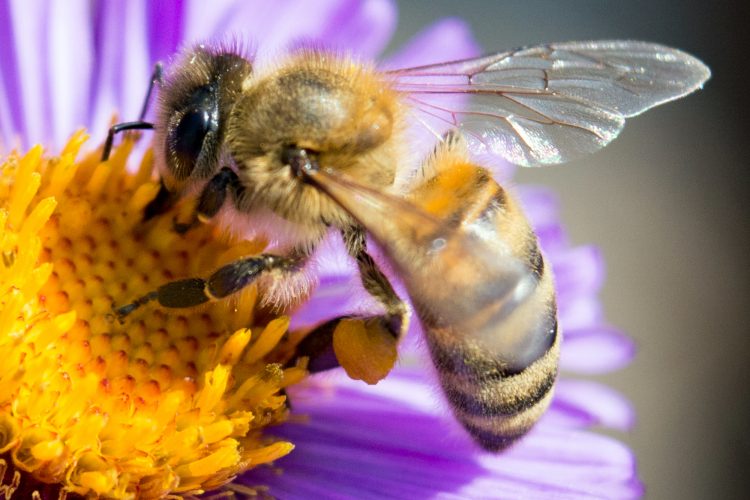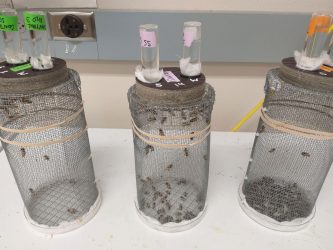Two pesticides found to shorten bee’s lifespan
- Like
- Digg
- Del
- Tumblr
- VKontakte
- Buffer
- Love This
- Odnoklassniki
- Meneame
- Blogger
- Amazon
- Yahoo Mail
- Gmail
- AOL
- Newsvine
- HackerNews
- Evernote
- MySpace
- Mail.ru
- Viadeo
- Line
- Comments
- Yummly
- SMS
- Viber
- Telegram
- Subscribe
- Skype
- Facebook Messenger
- Kakao
- LiveJournal
- Yammer
- Edgar
- Fintel
- Mix
- Instapaper
- Copy Link
Posted: 17 June 2020 | Bethan Grylls (New Food) | No comments yet
A study has revealed the harmful effects two widely available pesticides, Transform and Sivanto, can have on honeybees.


The pesticides Transform and Sivanto can have a detrimental effect on honeybees, according an Oregon State University (OSU) study.
The western honeybee is the major pollinator of fruit, nuts, vegetables and seed crops that depend on bee pollination for high quality and yield. However, the OSU researchers have found that when exposed to Transform and Sivanto, which are both registered for use in the US and were originally developed to be more compatible with bee health, it can in fact shorten a bee’s life.
Coupled with other stressors such as varroa mites, viruses and poor nutrition, effects from these pesticides can render honeybees incapable of performing their tasks smoothly.
This is said to be the first study to investigate ‘sub-lethal’ effects of sulfoxaflor, the active ingredient in Transform, and flupyradifurone, the active ingredient in Sivanto. Sub-lethal effects mean that the bees do not die immediately, but experience physiological stress resulting in shortened lifespan.


One cage from each of the three experimental groups in an Oregon State University honeybee study. The control cage on the far left has more live bees than the cages in which the bees were exposed to Sivanto (middle) and Transform (far right).
The OSU team carried out two contact exposure experiments. This included a six-hour study and a 10-day study in May 2019. The honeybees were obtained from six healthy colonies at the OSU apiaries. In each experiment, groups of 150 bees were placed in three cages. One group was exposed to Transform and a second to Sivanto. The third was a ‘control group’ which was not exposed to either pesticide.
Honeybee mortality, sugar syrup and water consumption, and physiological responses were assessed in bees exposed to Sivanto and Transform and compared to bees in the control group. Mortality in each cage was recorded every hour for the six-hour experiment and daily for the 10-day experiment.
A majority of bees exposed to Transform died within six hours, the researchers’ study found. This affirms the severe impact of this pesticide when bees are directly exposed to field application rates recommended on the label.
Sivanto was not directly lethal to honeybees following contact exposure, but the 10-day survival results revealed that field-application rates of Sivanto reduced adult survival and caused increased oxidative stress and apoptosis in the honey bee tissues.
Although Sivanto is apparently less toxic than Transform, this suggests it might also reduce honeybee longevity and cause physiological stress.
Honeybees might be exposed indirectly through pesticide drift, said study co-author Ramesh Sagili, associate professor of apiculture and honeybee Extension specialist in OSU’s College of Agricultural Sciences.
“The average life span of a worker honeybee is five to six weeks in spring and summer, so if you are reducing its life span by five to 10 days, that’s a huge problem,” Sagili said. “Reduced longevity resulting from oxidative stress could negatively affect colony population and ultimately compromise colony fitness.”
The team is not calling for Sivanto or Transform to be removed from the market, but rather asking for more information to be put on the labels of the products and further investigation into sublethal effects to be conducted.





